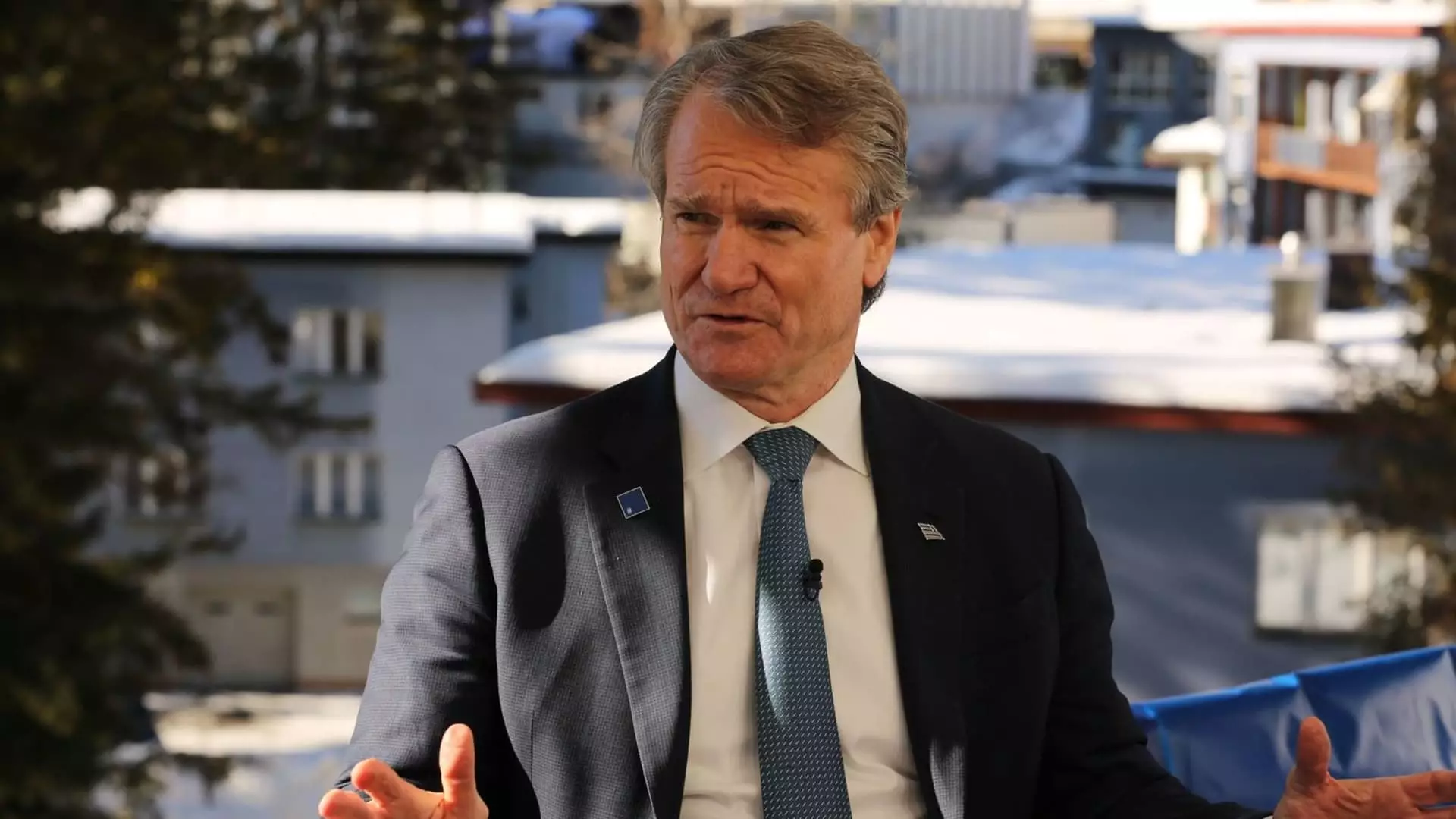In the intricate weaving of global economies, consumer spending often serves as a barometer for economic health. Recently, Brian Moynihan, the CEO of Bank of America, has shed light on the dynamics of consumer spending as we navigate through the year. Speaking with CNBC, Moynihan pointed out that spending among retail customers has surged by approximately 6% in early 2023 compared to its predecessor year. This spike not only indicates a rebound from previous economic dips but also hints at a robust consumer confidence, which is instrumental for any sustainable economic growth.
The implications of this upsurge in consumer expenditure extend beyond mere statistics; they significantly influence Federal Reserve policy. With inflation remaining a consistent concern, the Federal Reserve is currently navigating a delicate balance in its monetary policy. Moynihan’s observations suggest that the growing consumer spending could lead the Fed to maintain its current interest rates, at least for the foreseeable future. He remarked that, due to strong consumer demand, rates are likely to remain stable until there is a clearer understanding of inflationary trends. Such foresight reflects the cautious stance that central bankers must adopt in response to fluctuating economic indicators.
The Bureau of Labor Statistics recently reported an unexpected uptick in the U.S. consumer price index, which rattled market expectations concerning interest rates. Though the Fed initiated an easing cycle last year, the reduction in rates may be constrained by persistent inflationary pressures. Last month, the Fed decided to keep its benchmark rate steady within the range of 4.25%-4.5%, a move that signals their hesitance to adjust rates without clearer evidence supporting such a change. Moynihan echoed this sentiment, embracing a measured outlook on interest rates grounded in a comprehensive understanding of economic conditions.
Looking ahead, Bank of America analysts remain cautious, predicting that interest rates are unlikely to be lowered in the near term. Moynihan emphasized that while current rates could be deemed restrictive, the Fed’s measures hinge significantly on ongoing inflation concerns. The interplay between rising consumer spending and inflation illustrates the complexity of fiscal management and the challenges the Federal Reserve faces in its efforts to nurture economic stability.
The current economic climate showcases a complex but promising narrative shaped by robust consumer spending dynamics and inflationary headwinds. While consumers are exhibiting renewed spending vigor, the Federal Reserve is faced with the daunting task of navigating these waters carefully. As Moynihan noted, the expectation is that interest rates will hold steady until a clearer economic picture emerges. This landscape emphasizes the interconnectedness of consumer behavior and fiscal policy, underscoring the importance of adaptability in the face of evolving economic realities.

